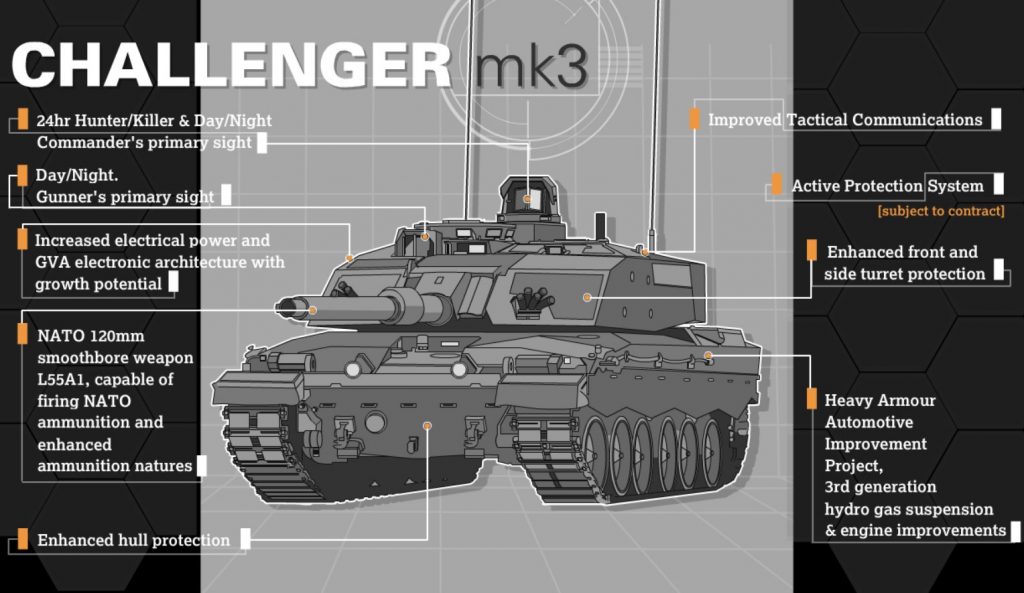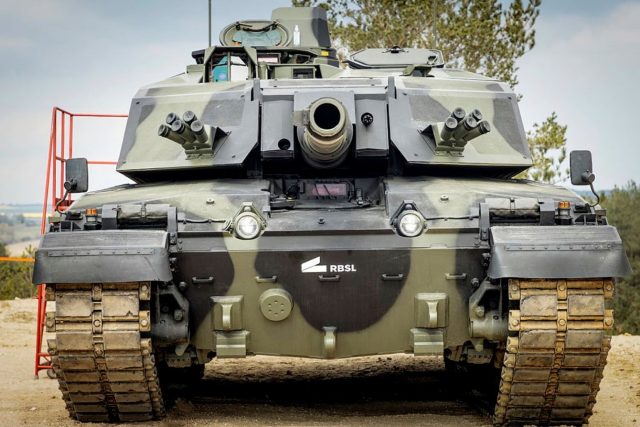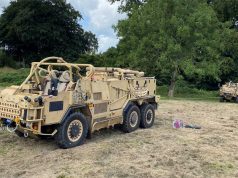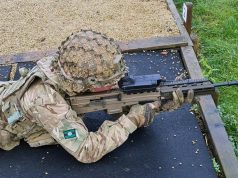A steel-cutting ceremony to commemorate the start of fabrication of turret structures has marked the start of construction work on the British Army’s Challenger 3 main battle tank.
The ceremony was held in Newcastle at Pearson Engineering, who was awarded a £25 million (approx. US$32.9M) contract to produce the turret structures.
Overall, the project to upgrade 148 of the army’s 227 Challenger 2 main battle tanks to the Challenger 3 standard will come at a cost £800 million under a contract awarded to Rheinmetall BAE Systems Land (RBSL) in May 2021.
The steel structures produced at Pearson Engineering will house the turret subsystems which will ensure Challenger 3 is a network-enabled, digital main battle tank with upgraded survivability and surveillance and target acquisition capabilities.
“Challenger 3 tanks will be at the forefront of the British Army’s ground force deterrent against our adversaries. They will be equipped with the latest digital enhancements and weaponry, providing support and reassurance to our allies,” UK defense procurement minister Jeremy Quin said.
“This steel cut represents progress on delivering on our ongoing upgrade to British Army capabilities and on investment in skills and manufacturing in the North East and across the UK.”

Other upgrades to the tank will include high velocity ammunition with faster speeds and increased range, a versatile turret that can be fitted to the tanks of allies and global partners, a new engine cooling system and suspension to increase accuracy for firing in transit, and a new automatic target detection and tracking system to identify threats. New thermal long-range cameras will also improve the day/night image system.
The Challenger 3 tank is being developed to replace the current Challenger 2 tank which has been in service since 1998. Full operating capability for the tank is planned for 2030, with initial operating capability expected by 2027.



























